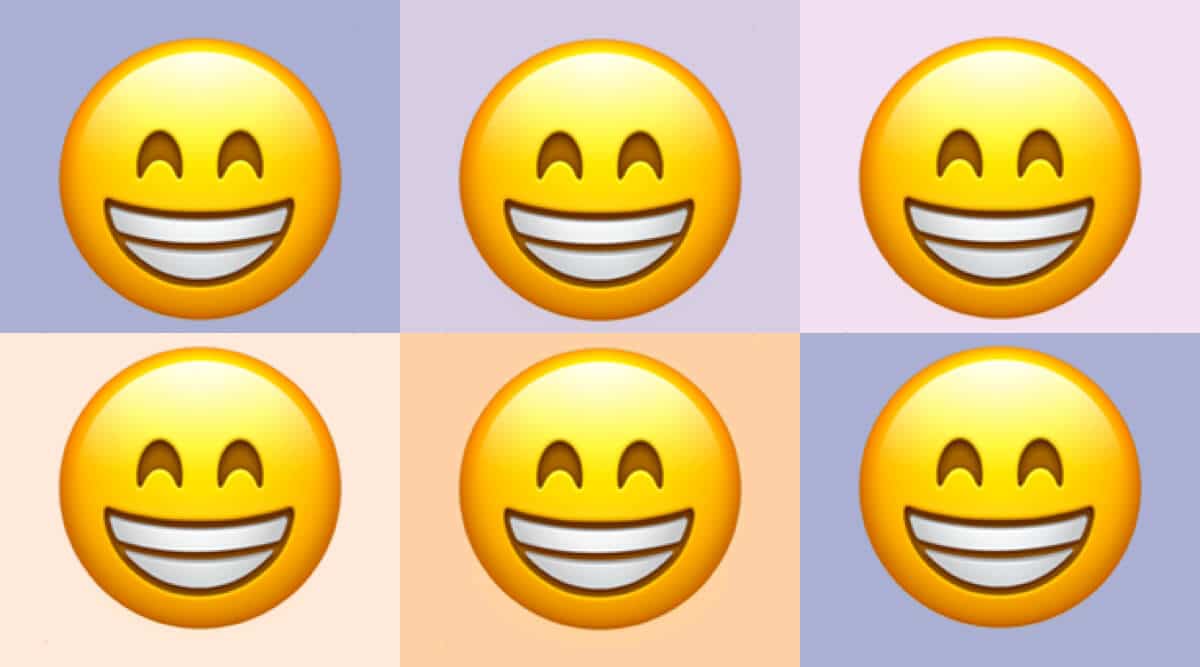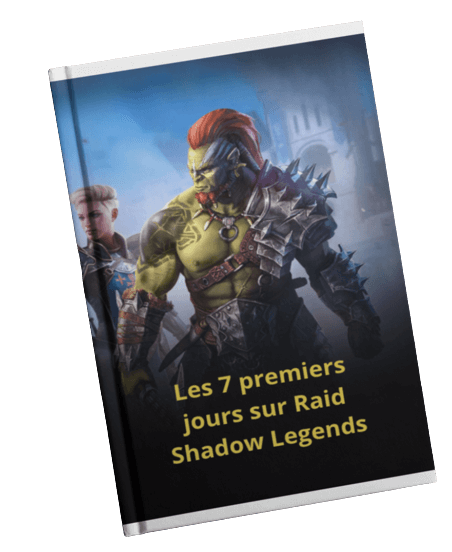Smileys are simulations of easy expressions that are used today in message exchanges and on various social networks.
A brief history of the smiley and its ancestors

It was Harvey Ball who had the idea to use it for an insurance company. However, he did not think of patenting his work. To date, almost all Western companies use them for marketing purposes, if the fact is not already global. The ancestors of smileys, which are none other than emoticons, have greatly facilitated exchanges in the computer world. They are symbols which are, between them assembled, to give a form of expression. These are punctuation marks like parentheses, periods, colons, question marks or exclamation marks, dashes, etc. Among other things, these signs make it possible to express a feeling and to clarify a situation likely to create an ambiguity. In addition, they make it possible to encourage or even energize an exchange, without forgetting the fact that particular smileys or emoticons can show membership in a group.
Front and profile
Depending on the country, emoticons vary. Indeed, if Westerners offer more profile symbols like 😀 for example, the versions coming from the East are however from the front: (^.^).
As for how different a smiley is from its ancestor, the emoticon, there are a few:
- The smileys are available directly, without having to type the characters one by one;
- A unique and worldwide code is available for each smiley.
It is noticed that the use of smileys and emojis are continuously increasing. Therefore, new models are presented and validated according to the frequency of use of a symbol. Currently, there are 1,800 of them and present various figures such as trees, fruits and vegetables, mathematical symbols, different codes, facial expressions, various representations of trades, etc.
Happy eyes and laughing face emoji
Truth be told, this symbol is the more emphatic version of the smiling face smiley with slightly squinted eyes. The difference is that this one shows the top teeth and the mouth appears more stretched out. Only the shape of the eyes differentiates him from one who has exaggeratedly squinted eyes, has a smiling face, and who expresses a little sarcasm.
This emoji is appropriate in a context of joke and fairly advanced humor. Depending on the theme, it can also express a note of deviousness, mischief or sarcasm. Sneaky and malice will also take their place, but it really depends on the context. However, this smiley also marks a fairly high state of joy and enthusiasm. Very common, it is often used to answer a joke or to make a situation, a discussion more relaxed, friendlier and more jovial.
The happy-faced smiley with laughing eyes can be cheerfully combined with other symbols. Its use in multiple ways emphasizes and highlights the fact that the person finds the situation quite amusing. Beware, it can also be ironic.






